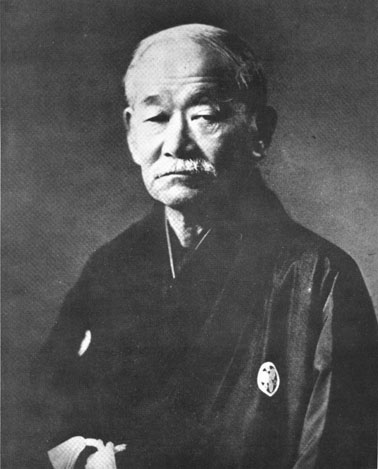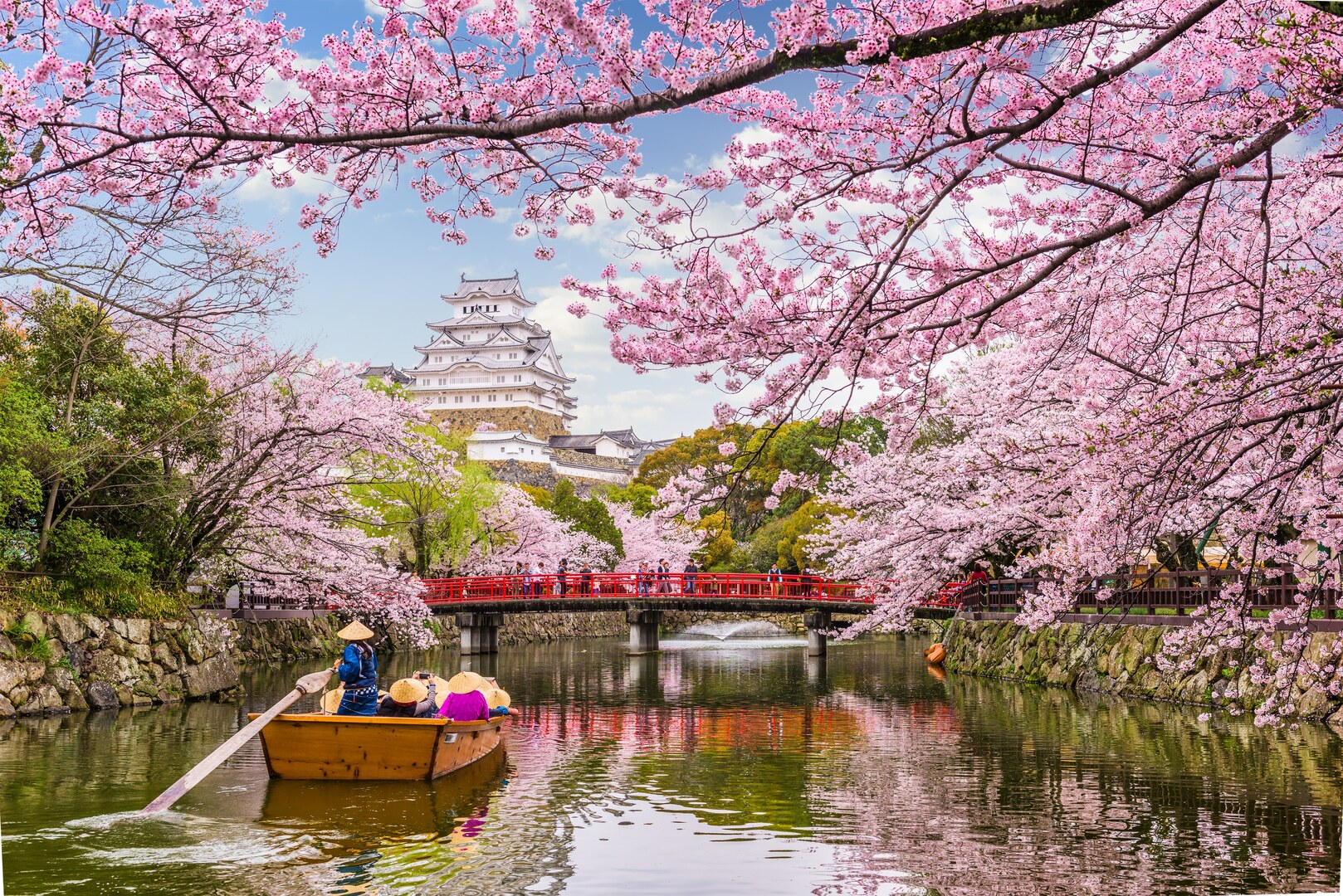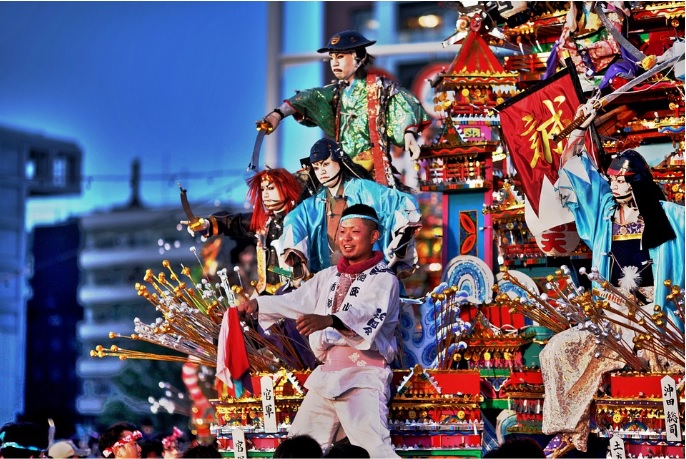
They say that talent runs in the family.
It looks like this is true, evidenced by the two rising stars in Judo, Hifumi and Uta Abe, who just happened to be brothers and sisters. Hifumi is the current half-lightweight World Champion, and is nicknamed “The Flamethrower”. Meanwhile, Uta won the Junior World Champion title in 2017.
The sibling judokas are expected to carry the symbol of the rising sun at the 2020 Tokyo Olympics.
Being the very first martial art to be recognized in the Olympics, let’s look deeply on how its seemingly dangerous methods are actually considered “the gentle way.”
What is Judo?
Judo literally means the “gentle or yielding way”. Rather than just being a martial art, Judo can also be used as a way of life. Two of its principles are maximum efficiency, minimum effort, and mutual welfare and benefit. Judo is also characterized with balance, timing and strategy. The people who practice Judo are called judokas.
History

Jigoro Kano was the founder of Judo. He was born in 1860 from a well-off family, allowing him to receive adequate education from his tutors in English, calligraphy, and the Four Confucian Texts. However, at the age of 14, when he studied in a boarding school called Ikuei-Gijuku, he experienced bullying.
It may seem a bad thing but this was actually what made him seek training in a Jujutsu dojo.
Jujutsu
Jujutsu is a close combat Japanese martial art where a short weapon, or absolutely none is used against an armed opponent. It was developed to fight a samurai, who were armored, and wielded with weapons.
During the time of Kano, it was hard to find a Jujutsu dojo as it was already losing its popularity. It was already deemed impractical back then, and the martial artists already sought other professions. It was only after several years that he found a teacher, Fukuda Hachinosuke, who taught using the Tenjin Shin'yō-ryū style. After Fukuda’s death, Kano received the scrolls of the dojo. Kano then studied under different teachers and mastered several styles of Jujutsu.
Creation of Judo

Based on the principles of Jujutsu, Judo was born. But Kano did not think that the principles he believed in and practiced could sufficiently fit into Jujutsu. Since it was a way of life, Kano replaced jutsu or “art” into do, which meant path or way.
Techniques
There are three basic categories of Judo techniques or waza. First is the Nage-waza or throwing techniques. Second, is the Katame-waza or grappling techniques. Finally, there is the Atemi-waza or striking techniques. The thrower is called the tori, while the person thrown is called the uke.
Olympics
In 1964, Judo was introduced as an Olympic sport, but was initially dropped in 1968 due to protests. It was the first martial art to be recognized in the Olympics.The first winner was Anton Geesink from the Netherlands. However, women were only allowed to participate in the Olympic Judo in 1988.
There are seven weight divisions for international contests. This can also be be changed by the governing bodies according to the players’ age.
In reality, judo, as a martial art, may seem rough, beause of all its throws and tosses. However, it has proved through the years that a certain “gentle” martial art can exist, and can even be recognized at the Olympics.
Banner photo by Korea.net / Korean Culture and Information Service (Korean Olympic Committee).
Sources:





